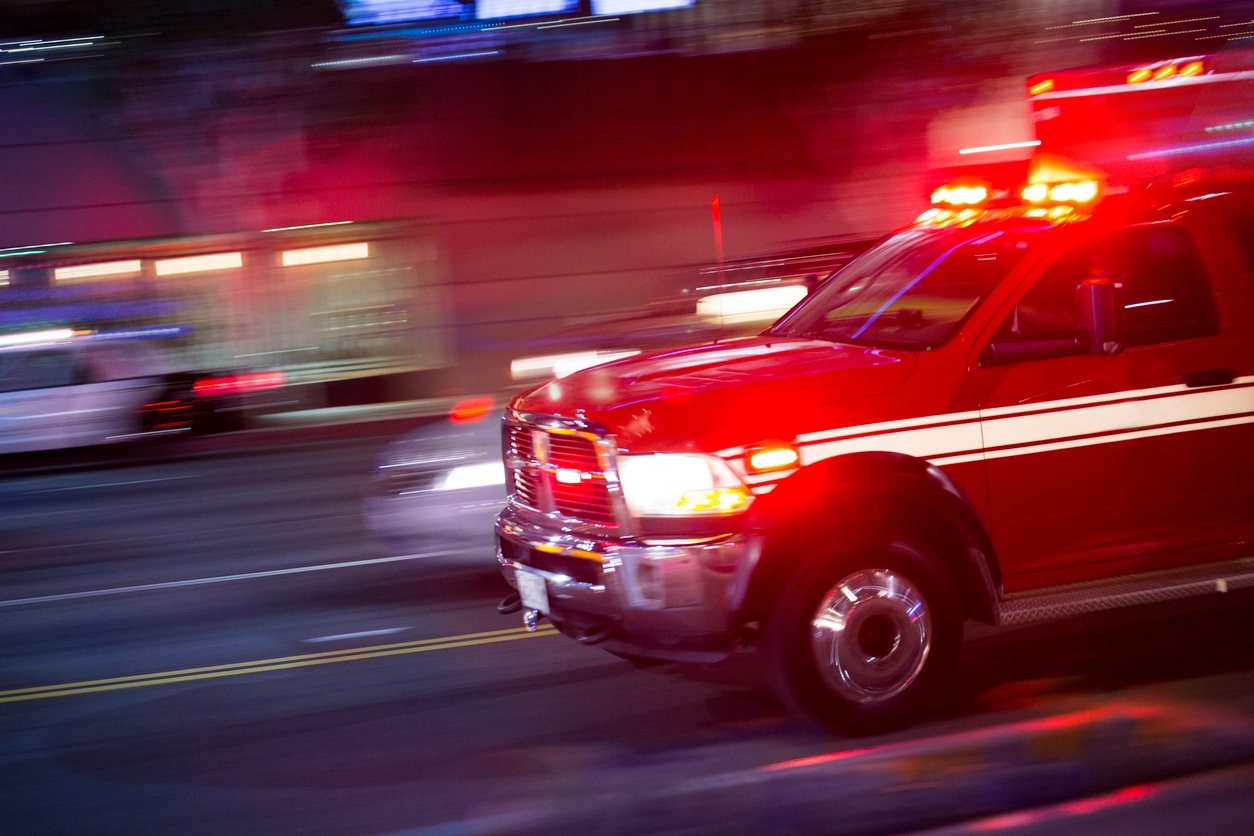
Realistic formative and summative scenarios are how we in EMS education fulfill the mantra, “Train like we fight.” Formative scenarios reinforce the learning process with perfect practice by providing frequent and accurate feedback to ensure automatic delivery of the skills (NREMT, 2015). Summative scenarios are used to evaluate a student’s ability to incorporate these isolated skills into overall patient care and scene management (NREMT, 2015). This repetitive perfect practice during the formative phase of education coupled summative evaluation helps students train to be better providers.
Formative scenarios are the initial step to incorporate scenarios into EMS education. At first glance, creating all the formative scenarios needed may seem like a daunting task, but there are several resources available. The National Association of EMS Educators and the National Registry of Emergency Medical Technicians have sample scenarios and templates available on their websites. While these scenarios are rough drafts, with modification and validation at the local level, they provide a useful starting point.
Unlike past education where instructors provide all the information and developed content, scenarios provide an opportunity to flip the classroom and involve students. Start by giving your students a specific skill or behavior that needs to be evaluated, and have them develop a formative scenario with specific objectives. The formative scenario worksheet that was used at the NREMT Scenario Development Workshops was created by UCLA paramedic students who modified an existing document.
The Formative Scenario Worksheet clearly outlines the objectives in the Background Information, material needed for Scene Preparation, Dispatch and Patient Assessment, Patient History, as well as expected interventions and what changes should occur in the simulated patient condition based on the care provided. Student created formative scenarios require student to research the specific skill or behavior to develop a realist scenario. While initial scenarios may need additional input from instructors, students will quickly learn how to create realistic scenarios.
Stop by the EMSEd Hands-on Experience booth at EMS Today and participate in a brief formative scenario that reinforces a specific clinical objective. You will be shown a completed Formative Scenario Worksheet like the one used at the NAEMSE/NREMT Scenario Development Workshops. The EMSEd formative scenario for the Hands-on Experience is designed for basic life support (BLS) or advanced life support (ALS) providers, and all are encouraged to participate regardless of their experience.
See how you can use the Pocket Nurse® First in Bag and Demo Dose® simulated medication to increase realism in scenarios.
Participants who visit all the Hands-on Experience booths at EMSToday will receive a free t-shirt, continuing education credit, and the opportunity to participate in the Clinical Challenge. Pocket Nurse will be at the JEMS EMS Today Conference at booth #1903.
Come visit our booth on the Exhibition Floor (1903) and in the Hands-on Experience to see how EMSEd™ from Pocket Nurse can provide solutions for EMS scenario-based education.
National Registry of Emergency Medical Technicians (2015), 2015 Paramedic Psychomotor Competency Portfolio (PPCP), Retrieved from nremt.org.
Links to EMS Today’s promotion of the HOE






